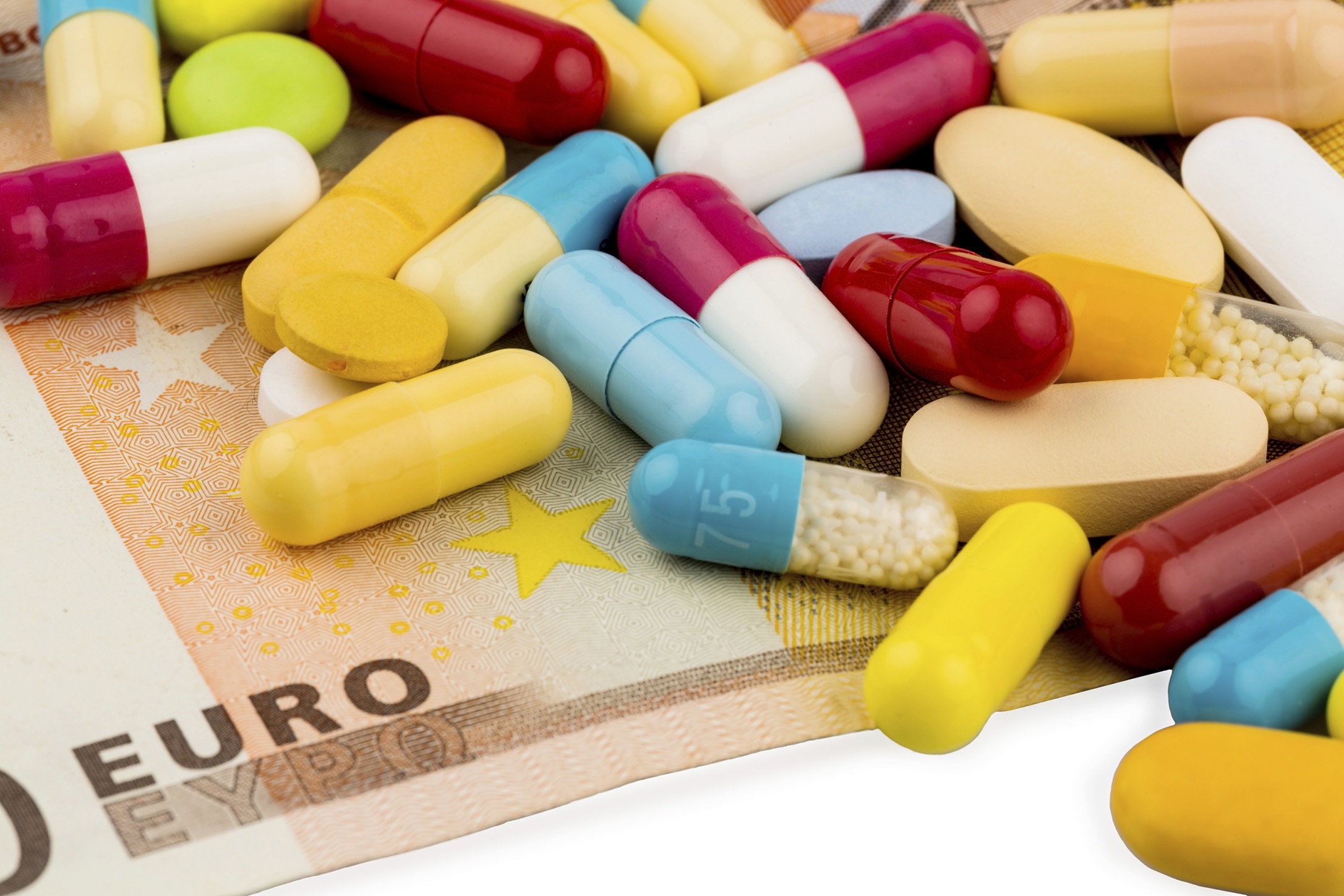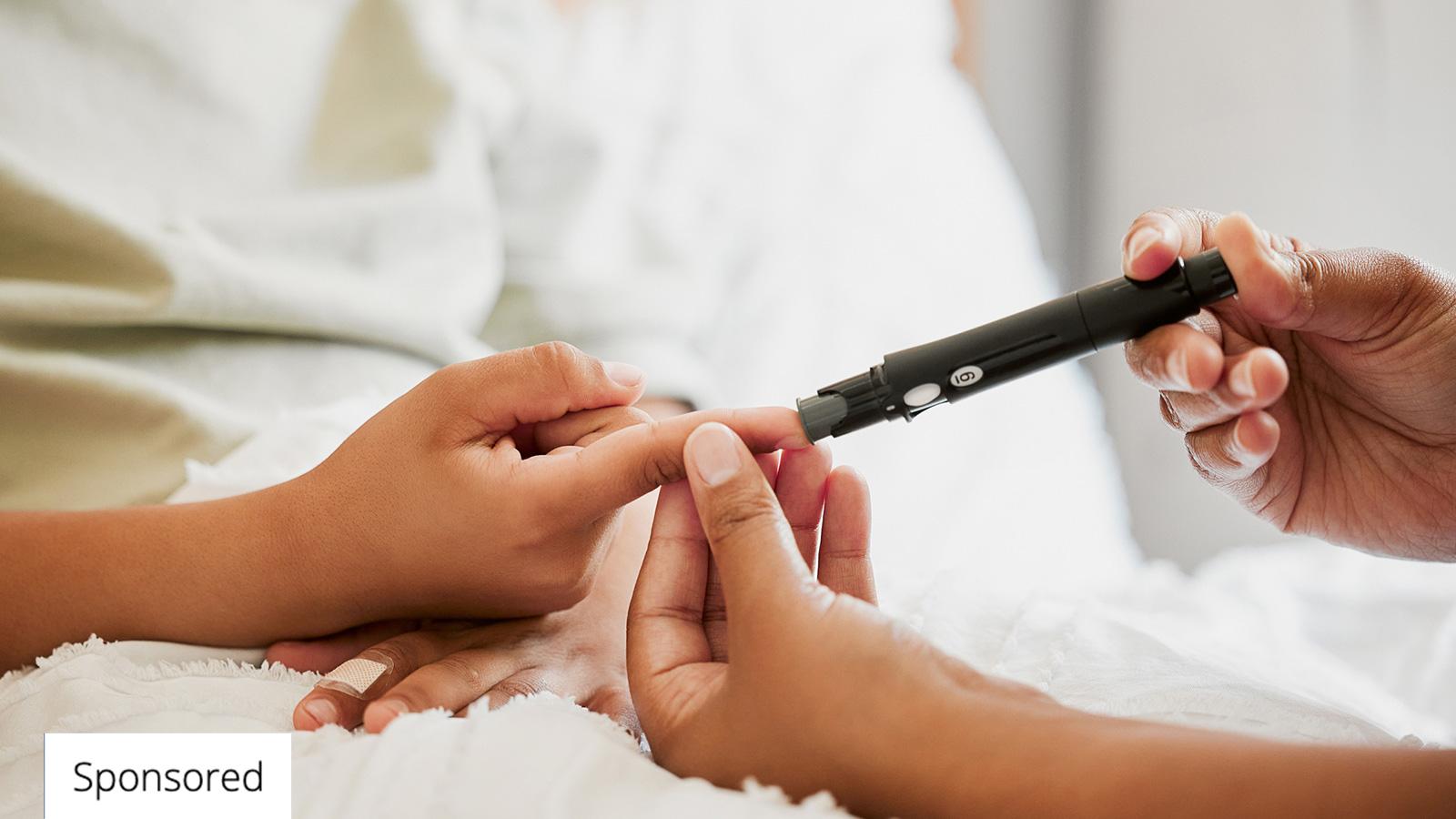Orphan drugs' financial success raises questions

R&D into orphan drugs is growing alongside the number of approved treatments, providing treatments for rare diseases that previously did not have any. However, Ben Hargreaves finds that the blockbuster success that certain treatments are achieving is beginning to raise questions over whether healthcare systems can afford this in the long-term.
In 1983, the US Congress passed the Orphan Drug Act to encourage more pharmaceutical companies to engage in R&D to develop treatments for rare diseases through the offering of financial incentives. The Act worked; prior to its passage, there were only 10 drugs approved to treat rare diseases in the US, following this period there were a total of 5,099 treatments that received orphan drug designation and 838 approvals, as of 2019.
As covered in a previous article, the importance of R&D to develop treatments for rare diseases is high. There are approximately 7,000 rare diseases and only 5% of these have an effective treatment. It is estimated that between 3.5 to 5.9% of the global population are affected by a rare disease. This is why the action by the US in 1983 and subsequently the European Commission Regulation No. 141/2000 (the Orphan Regulation), that both acted to encourage development in the area, are regarded as crucial for changing the landscape in rare disease R&D.
The price is right
Evaluate Pharma’s recent Orphan Drug Report subtitled its overview of the market ‘Niche no longer.’ This is based on the relative success orphan drugs have achieved, in terms of the number of approvals and the sales figures achieved for this area. By 2026, the report predicts that each of the top 10 selling orphan drugs will earn between $3 billion and $13 billion. While in 2021, orphan drugs made up over half of all the US FDA’s approvals, with the figures in European being similarly high – 19 out of 54 approved new active substances.
The report estimates that the orphan drug market will grow twice as fast as the non-orphan market, with a 2021 to 2026 compound annual growth rate of 12%. By 2026, this would mean that orphan drug sales will account for 20% of all prescription drug sales. Evaluate expects five big pharma companies to be reliant on orphan drugs to provide 20% or more of their sales by 2026, with Johnson & Johnson topping the list at an estimated 39% of all sales.
When asked by pharmaphorum why product sales are expected to be so high in this area, a spokesperson for Evaluate explained: “For many rare diseases, there is high unmet need which results in high levels of use of orphan products in the eligible patient groups, and these groups are often larger than anticipated once treatments become available. And of course, in many cases, these drugs have higher than average price tags compared to the wider market which is due to the limited – or in most cases – non-existent competition within a treatment area.”
Raising questions
As a result of these factors, there are now questions beginning to be asked over whether the financial incentives provided to the development of orphan drugs are suited to the current landscape. A recent ICER report stated that “This unmet need is an enduring part of the orphan disease landscape, but it is now shadowed by a problem not foreseen by the authors of the Orphan Drug Act. The rapid growth in approved rare disease treatments in recent years has created concerns about the pricing of orphan drugs and their cumulative affordability to the health system.”
To provide evidence for this assertion, ICER cited that the average annual cost of an orphan treatment per patient was $32,000 in the US, with treatment cost ranging from $6,000 to $500,000 per year. According to the organisation, 39% of orphan drugs cost more than $100,000 annually. Beyond this, ICER highlighted that orphan drugs “are commonly approved with more limited evidence on relative safety and effectiveness due to their reliance on non-randomized trials using short-term surrogate outcomes.”
The question of how to effectively pay for these treatments has now reached the point where it is being discussed at the highest levels in the US and Europe. Last year, the European Commission launched an open public consultation on the revision of the legislation to identify shortcoming in the system. While in the US, Congress has proposed limits to the Orphan Drug Tax Credit, as part of the Build Back Better Act.
A spokesperson for the European Federation of Pharmaceutical Industries and Associations (EFPIA) told pharmaphorum that the revision to legislation in Europe is an opportunity to ‘drive more research’ into researching new medicines. They added, “Existing incentives and rewards remain essential, as the economic case for investment in these areas is only marginal.”
Reaching a compromise
The broader movement across the industry is towards managing the financial cost of treatments. This can be seen with the debate in the US over the price of insulin, with the cost of drugs becoming a wider political issue in the US. While Evaluate’s report identified Germany’s drug cost-watching, IDWiG, as also calling for a review of the cost of orphan drugs. However, the spokesperson for Evaluate does not see any sign of immediate action in Europe in the area of orphan drugs. They stated that “we don’t have any sense of timelines on this, but it’s unlikely to be imminent.”
Regardless of whether action will be immediate or not, the spokesperson indicated that the likeliest action that the pharma industry will take is to engage in negotiations. They added that this could see companies pursue ‘outcomes-based agreements’, where price and reimbursement is tied to evidence of benefit. This kind of approach has already been considered when the first CAR-T treatments were launched due to the high cost of the treatment, which arrived on the US market at $475,000.
The spokesperson for the EFPIA warned that at the current pace of drug development in the rare disease space, it will take over 100 years to develop treatments for all known rare conditions. Rather than focusing on cost, the spokesperson said that “We need to join forces and share a ‘moonshot’ mindset to get a deeper understanding of diseases, develop basic science and accelerate translational research, for example by setting up Europe-wide patient registries.”













